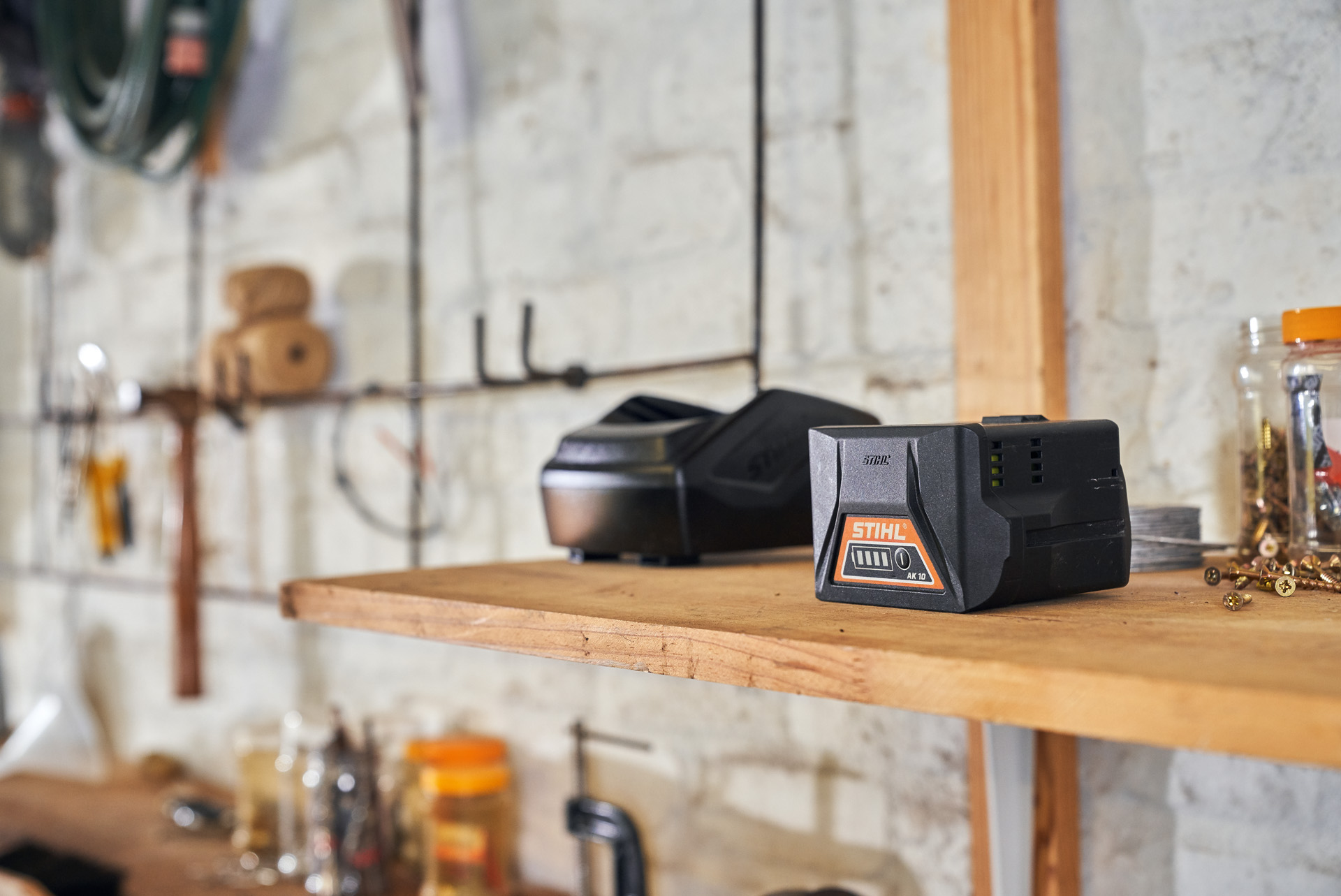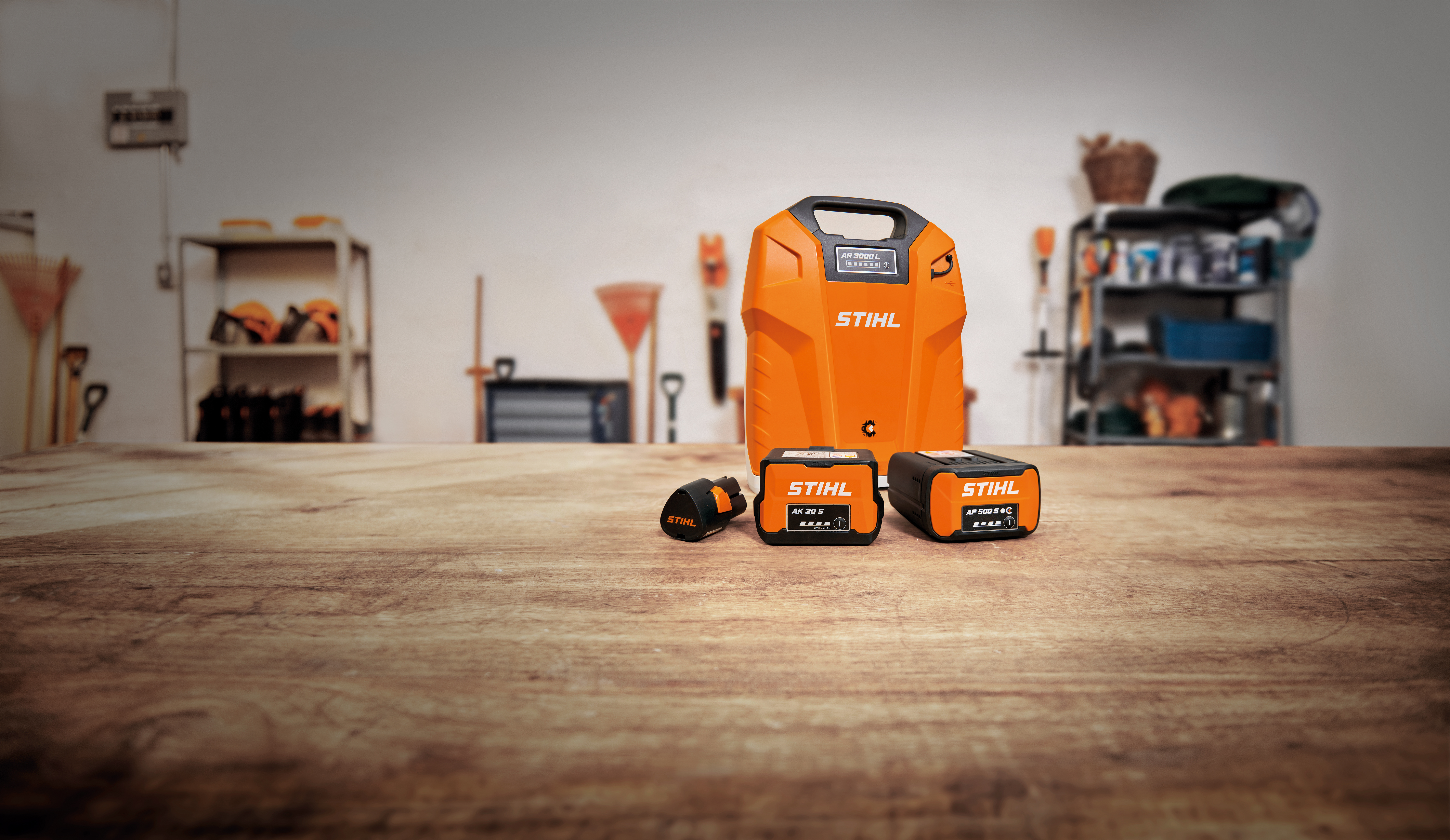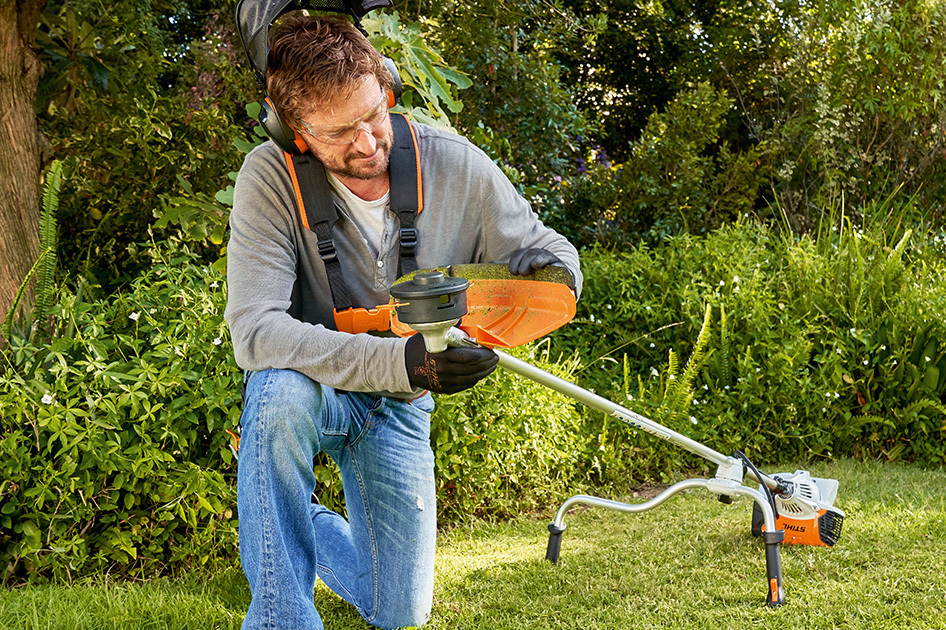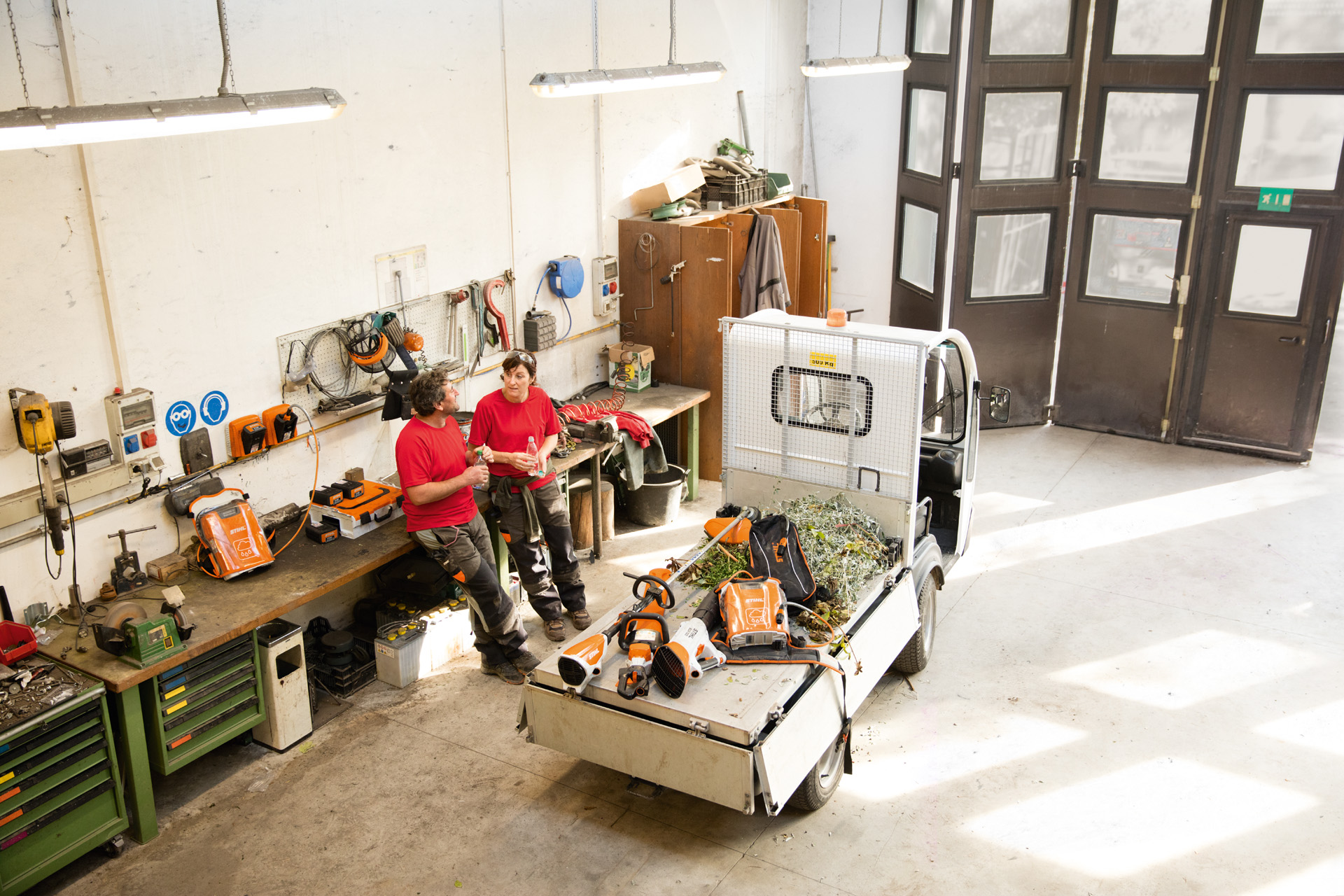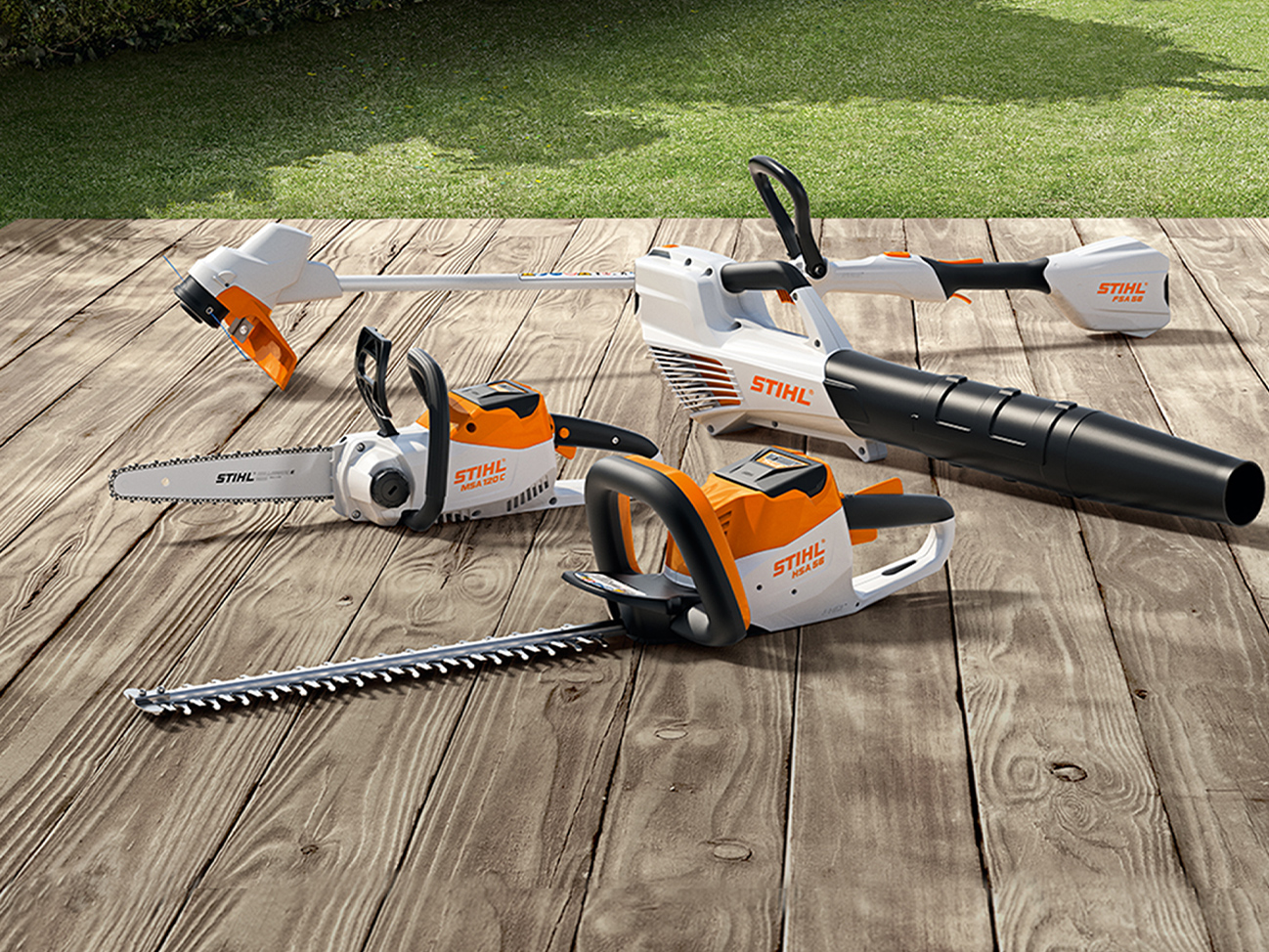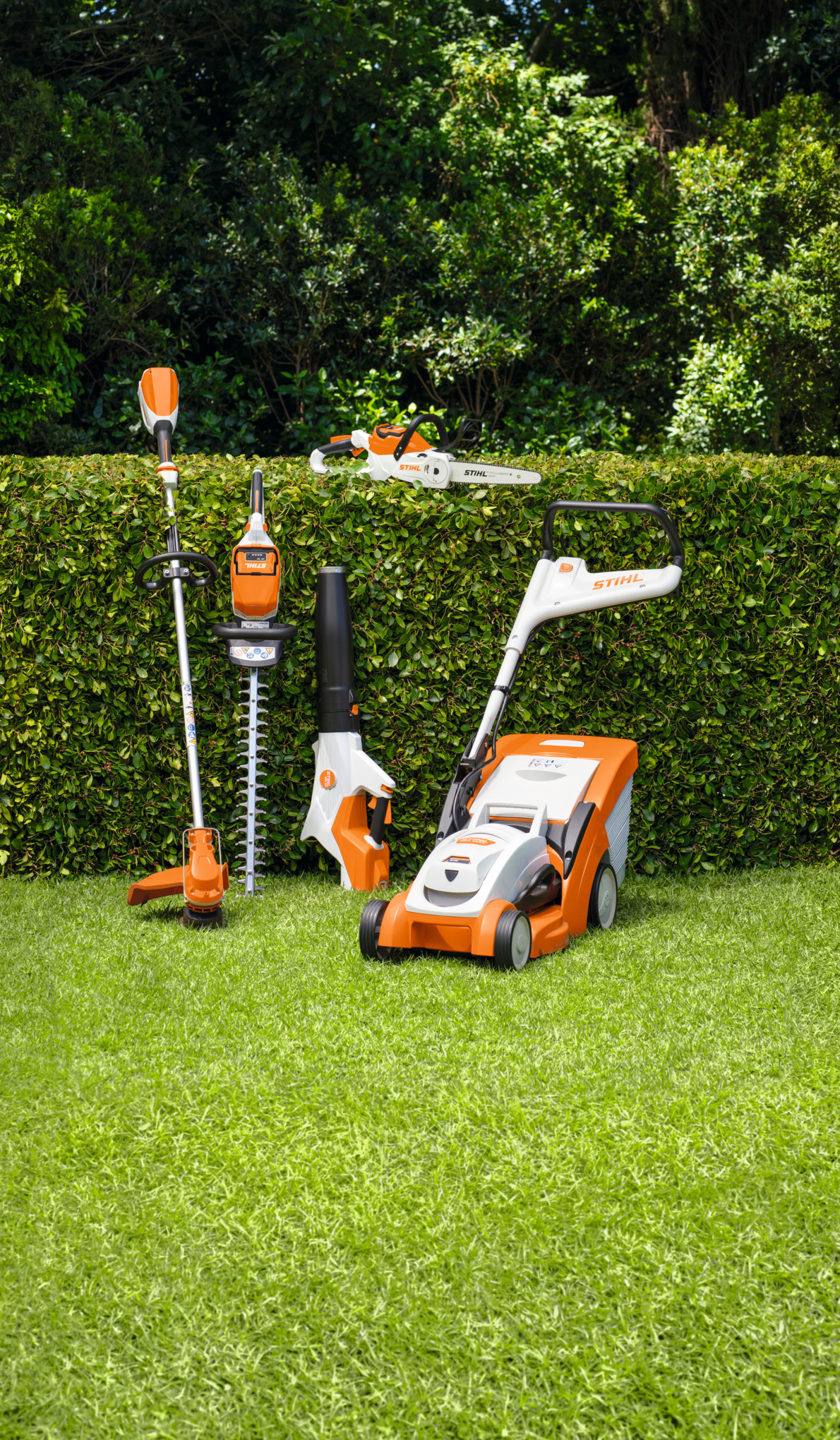Tree maintenance: practical tree care tasks
Professional tree care involves many demanding tasks – high-quality equipment is a must.
18.03.2025

Overview: tree maintenance tasks
- The duties of an arborist include the care and maintenance of tree stands, which involves pruning dead or hazardous branches, removing unstable trees, and managing tree growth to maintain safety and tree health. Regular maintenance helps prevent falling limbs, supports healthy development, and ensures trees remain structurally sound.
- A chainsaw suitable for professional felling of a dead tree includes the STIHL MSA 220 T battery chainsaw, which provides the power and precision needed for safe and efficient tree removal. Arborists rely on specialised tools to handle tasks such as storm damage response, routine trimming, and tree risk assessments, ensuring both urban and natural environments remain safe.
An arborist’s work
Tree maintenance, regeneration work, and interventions on diseased or damaged trees all fall within the demanding field of professional tree care.
This profession requires passion, resilience, and a readiness to tackle new challenges.
Arborist Viktoria Carstens knows from experience that at heights of up to 25 metres, maximum concentration is crucial, and every movement matters.
The following sections discuss two scenarios: felling a diseased tree and managing falling branches.

Advantages of the MSA 220 T: Powerful and Quiet
The powerful STIHL MSA 220 T Battery Chainsaw offers several key advantages for demanding tree maintenance work. Designed for professional arborists, it delivers 2,100 watts of battery power at the push of a button, ensuring high cutting performance. Additionally, it features certified splash water protection, meeting protection class IPX4 standards.
NAVIGATING THE COMPLEXITIES OF FELLING TREES WITH REDUCED VITALITY
Removing a tree with reduced vitality is a complex task that involves specific risks. The use of proper equipment and techniques is essential to ensure safety and precision.
In this video, arborist Viktoria Carstens demonstrates how this type of tree felling is carried out in practice.

With no need to pull the starter cord, the MSA 220 T makes working in treetops significantly easier and safer.
This is one way the MSA 220 T showcases its battery-powered advantages over petrol-driven tools in professional use. Another key benefit is its suitability for noise-sensitive areas, where petrol-powered machines may pose challenges.
The innovative hip pad kit reduces the top-handle saw’s weight by 0.9 to 1.6 kilograms, depending on the battery. This results in an excellent power-to-weight ratio—an invaluable advantage when working at height.
Pro tip: Felling deadwood

The MSA 220 T is perfectly suited for precise and continuous sawing work, thanks to its powerful battery performance. But that’s not all—it is also an excellent tool for the demanding task of safely removing deadwood.
Deadwood refers to trees that are no longer growing. Without intervention, these trees pose a risk of falling or shedding branches, increasing the likelihood of accidents during felling.
In such cases, conducting a professional hazard assessment is essential to ensure safe operation.

The STIHL newsletter – by professionals for professionals
Our STIHL professional newsletter delivers regular updates on high-performance products, services, and events tailored for professional users.


